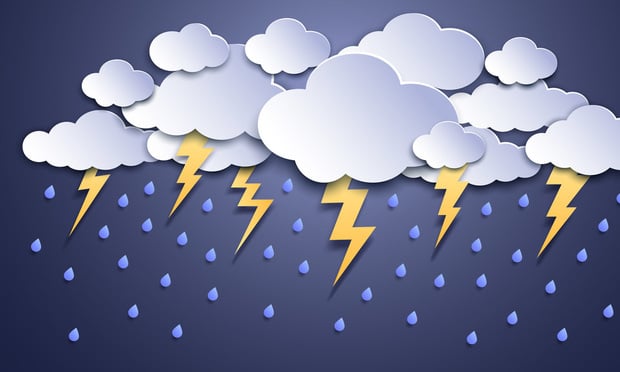Reducing energy consumption, maintaining uptime and meeting sustainability requirements are top goals for industrial manufacturers working to optimize their businesses. However, balancing these needs with budget constraints isn't easy, often leading to difficult decisions about what to replace and when. This can result in energy losses that erode the bottom line.
"If you think about your home AC unit, as it ages, it must work harder to cool your building," says Rob Hornish, chief of sales at Redaptive. "Pushing out the decision to purchase a new AC unit until it fails causes the unit to run more inefficiently, using more energy raising your maintenance expenses."
Industrial manufacturers can experience this scenario at scale as equipment ages, electricity costs outpace inflation, and energy bills tick upward. Energy-as-a-Service (EaaS) is a performance-based model that allows manufacturers to upgrade infrastructure for energy savings without upfront capital or the need to tie up internal resources. The program is metered as well, so manufacturers only pay for the resources used. This can further validate the ROI to financial teams instead through specific metrics.
Recommended For You
Accessing energy-saving improvements without large upfront costs
Hornish explains that recently, the company worked with a manufacturer with 38 locations, including roughly 7.6 million square feet of space. They upgraded 27,000 light fixtures, significantly reducing energy costs, with a forecasted $16 million in gross energy savings over the next 10 years.
"EaaS is a unique solution that enables our customers to get their projects off the ground. We infuse the initial project capital, allowing organizations to instantly realize and re-invest savings," says Hornish. "These self-funded programs drive immediate energy saving, improve the resiliency of your buildings, and avoid emergency repairs and replacements."
Access to improvements at a lower cost allows manufacturers to free up capital instead of locking it into improvements and waiting many years to reap the full ROI.
Scaling resources and measuring EaaS improvement impacts
When beginning infrastructure improvements, another challenge is navigating limited internal resources and finding trusted vendors, with manufacturers often having a facility manager or head of facility to care for a building.
"Leveraging our resources as an extension of your team allows you to remain in control," says Hornish. "We compliment your organization to ensure we can deliver programs and projects at scale. This gives your organization more time to focus on the outcome rather than managing multiple vendors or partners". As with any implementation, understanding performance is also critical to success. Metering systems built into EaaS technologies allow for this visibility to help guide future optimization and improvements. And while energy savings is at the heart of many EaaS projects, Hornish explains another benefit is supporting sustainability goals.
"Once you reduce energy consumption, you reduce costs and you reduce greenhouse gases," says Hornish. "EaaS helps balance the competing priorities of infrastructure investments, meeting sustainability needs, and preserving capital for future growth."
For more stories in the Redaptive thought leadership series, click here.
© 2025 ALM Global, LLC, All Rights Reserved. Request academic re-use from www.copyright.com. All other uses, submit a request to [email protected]. For more information visit Asset & Logo Licensing.








